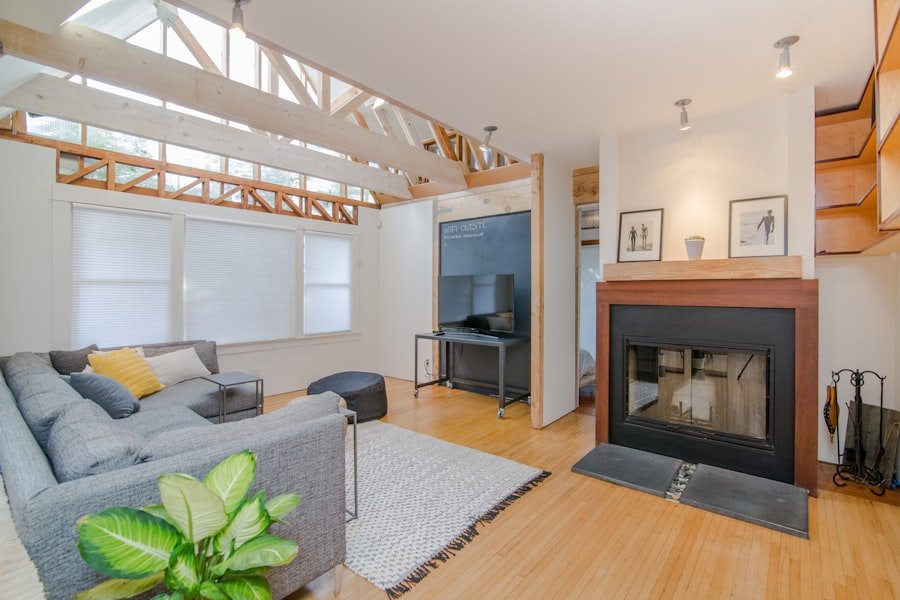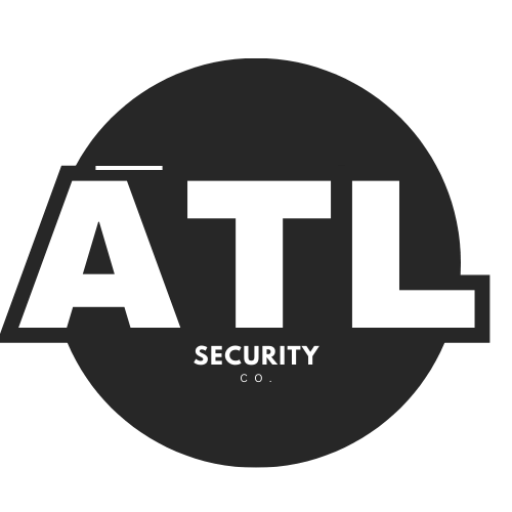Data privacy and security are crucial concepts in our digital age. Data privacy refers to the proper handling of sensitive information, ensuring that personal details are collected, stored, and shared responsibly.
As technology advances, the amount of personal information shared online increases, making it essential for homeowners to understand how to safeguard their data. Homeowners often store a wealth of information online, from financial records to personal identification. This data can be vulnerable to various threats if not adequately protected.
Understanding the principles of data privacy and security helps homeowners make informed decisions about their digital lives. It empowers them to take proactive steps in safeguarding their information, ensuring that their privacy is respected and their data remains secure.
Key Takeaways
- Understanding data privacy and security is crucial for homeowners to protect their personal information from unauthorized access and misuse.
- Risks to homeowners’ data include identity theft, financial fraud, and invasion of privacy, which can have serious consequences.
- Common data privacy and security threats include phishing scams, malware attacks, and unsecured Wi-Fi networks that can compromise homeowners’ data.
- Measures to protect homeowners’ data include using strong passwords, enabling two-factor authentication, and regularly updating security software and systems.
- Legal rights and regulations for homeowners provide a framework for data protection and recourse in the event of a data breach or privacy violation.
Risks to Homeowners’ Data
Homeowners face numerous risks when it comes to their data. One significant risk is identity theft, where criminals steal personal information to impersonate someone else. This can lead to financial loss and damage to one’s credit score.
Additionally, homeowners may unknowingly expose themselves to risks by using weak passwords or failing to update their software regularly. These oversights can create vulnerabilities that hackers exploit. Another risk involves the Internet of Things (IoT).
Many homes now feature smart devices that collect and transmit data. While these devices offer convenience, they can also be entry points for cybercriminals. If not secured properly, smart home devices can provide hackers with access to a homeowner’s network, leading to potential breaches of sensitive information.
Understanding these risks is the first step in taking action to protect one’s data.
Common Data Privacy and Security Threats

Several common threats can compromise homeowners’ data privacy and security. Phishing attacks are among the most prevalent. In these scams, attackers send emails or messages that appear legitimate but are designed to trick individuals into revealing personal information.
Homeowners must be vigilant and learn how to recognize these deceptive tactics to avoid falling victim. Malware is another significant threat. This malicious software can infect devices through downloads or links, leading to unauthorized access to personal data.
Ransomware, a type of malware, can lock users out of their systems until a ransom is paid. Homeowners should be aware of these threats and take steps to protect their devices from such attacks. Regularly updating software and using reputable antivirus programs can help mitigate these risks.
Measures to Protect Homeowners’ Data
To safeguard their data, homeowners can implement several effective measures. First and foremost, using strong, unique passwords for different accounts is essential. A strong password typically includes a mix of letters, numbers, and symbols.
Homeowners should also consider using a password manager to keep track of their passwords securely. Another important measure is enabling two-factor authentication (2FA) whenever possible. This adds an extra layer of security by requiring a second form of verification, such as a text message code or an authentication app, in addition to the password.
Regularly updating software and applications is also crucial, as updates often include security patches that protect against known vulnerabilities.
Legal Rights and Regulations for Homeowners
Homeowners have legal rights regarding their data privacy and security. Various laws and regulations exist to protect individuals from data breaches and misuse of personal information. For instance, the General Data Protection Regulation (GDPR) in Europe sets strict guidelines on how personal data should be handled.
While GDPR primarily applies to European citizens, similar laws exist in many countries, including the United States. In the U.S., laws like the California Consumer Privacy Act (CCPA) give residents more control over their personal information. These regulations require companies to disclose how they collect and use data and allow consumers to opt out of data sales.
Homeowners should familiarize themselves with these laws to understand their rights and how they can protect their information.
Importance of Data Privacy and Security for Homeowners

Data privacy and security are vital for homeowners for several reasons. First, protecting personal information helps prevent identity theft and financial fraud. When homeowners take steps to secure their data, they reduce the risk of falling victim to cybercriminals who seek to exploit vulnerabilities.
Moreover, maintaining data privacy fosters trust in online services and platforms. When homeowners know their information is secure, they are more likely to engage with digital services confidently. This trust is essential in an increasingly digital world where many transactions occur online.
By prioritizing data privacy and security, homeowners can enjoy the benefits of technology without compromising their safety.
Impact of Data Breaches on Homeowners
The impact of data breaches on homeowners can be severe and long-lasting. When personal information is compromised, it can lead to financial losses, damaged credit scores, and emotional distress. Victims of identity theft often spend significant time and resources trying to recover from the incident, which can be both frustrating and exhausting.
Additionally, data breaches can have broader implications for homeowners’ relationships with businesses and service providers.
This loss of trust can have lasting effects on a company’s reputation and customer base.
Resources for Homeowners to Enhance Data Privacy and Security
Homeowners looking to enhance their data privacy and security have access to various resources. Numerous online platforms offer guidance on best practices for protecting personal information. Websites like the Federal Trade Commission (FTC) provide valuable tips on avoiding scams and securing devices.
Additionally, many cybersecurity companies offer tools designed to help individuals protect their data. Antivirus software, VPNs (Virtual Private Networks), and identity theft protection services are just a few examples of resources available to homeowners. By utilizing these tools and staying informed about potential threats, homeowners can significantly improve their data privacy and security.
In conclusion, understanding data privacy and security is essential for homeowners in today’s digital landscape. By recognizing the risks they face and implementing protective measures, they can safeguard their personal information effectively. Legal rights and regulations further empower homeowners in this endeavor, ensuring they have the tools necessary to protect themselves from potential threats.
Ultimately, prioritizing data privacy not only enhances individual security but also fosters trust in the digital world we navigate daily.
FAQs
What is data privacy?
Data privacy refers to the protection of personal information from unauthorized access, use, or disclosure. It involves controlling how personal data is collected, stored, and shared.
What is data security?
Data security involves the protection of digital data from unauthorized access, use, or destruction. It includes measures such as encryption, access controls, and regular security updates to prevent data breaches.
How do data privacy and security relate to homeowners?
Homeowners need to be aware of data privacy and security to protect their personal information, such as financial records, medical history, and home security systems, from cyber threats and unauthorized access.
What are some common threats to data privacy and security for homeowners?
Common threats include hacking, phishing scams, malware, and physical theft of devices containing personal information. Homeowners should also be cautious about sharing personal information online and with third-party service providers.
What steps can homeowners take to protect their data privacy and security?
Homeowners can take steps such as using strong, unique passwords, enabling two-factor authentication, regularly updating software and devices, and being cautious about sharing personal information online or with third parties.
What are the potential consequences of a data breach for homeowners?
The potential consequences of a data breach for homeowners include identity theft, financial loss, damage to reputation, and invasion of privacy. It can also lead to legal and financial liabilities if personal information is compromised.








